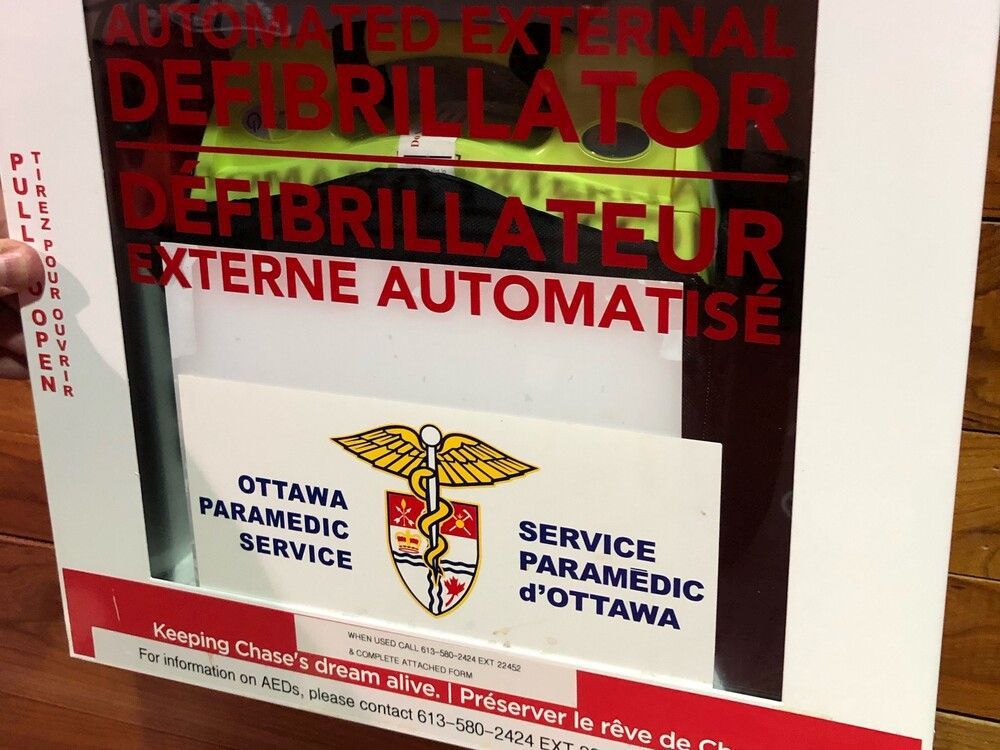"you lose sleep" — nfl won't reschedule buffalo bills game vs cincinnati bengals after hamlin's collapse
witnessing a traumatic event — either in person or through the tv screen — can have real impacts on the brain and behaviour.
bystanders use defibrillator to resuscitate man in cardiac arrest
the machine delivered one shock, restoring the man's heartbeat, and he began to breathe on his own.
does hiv raise the risk of sudden cardiac death?
sudden cardiac death refers to an abrupt loss of heart function and is different from a heart attack.
 4 minute read
4 minute read



















